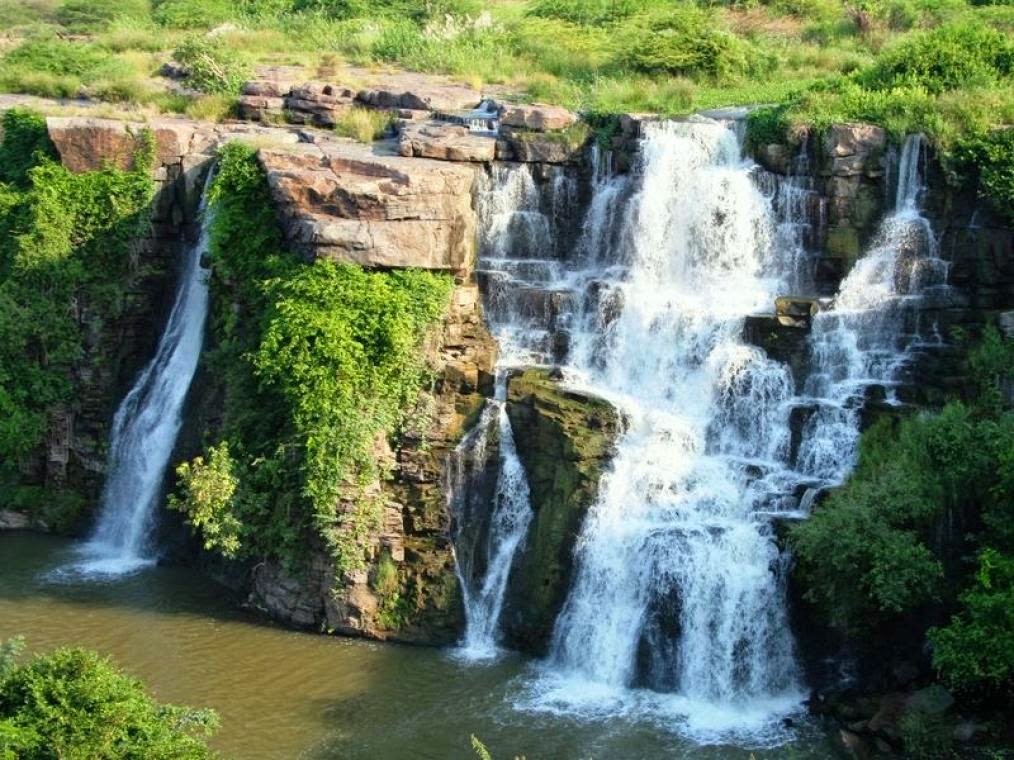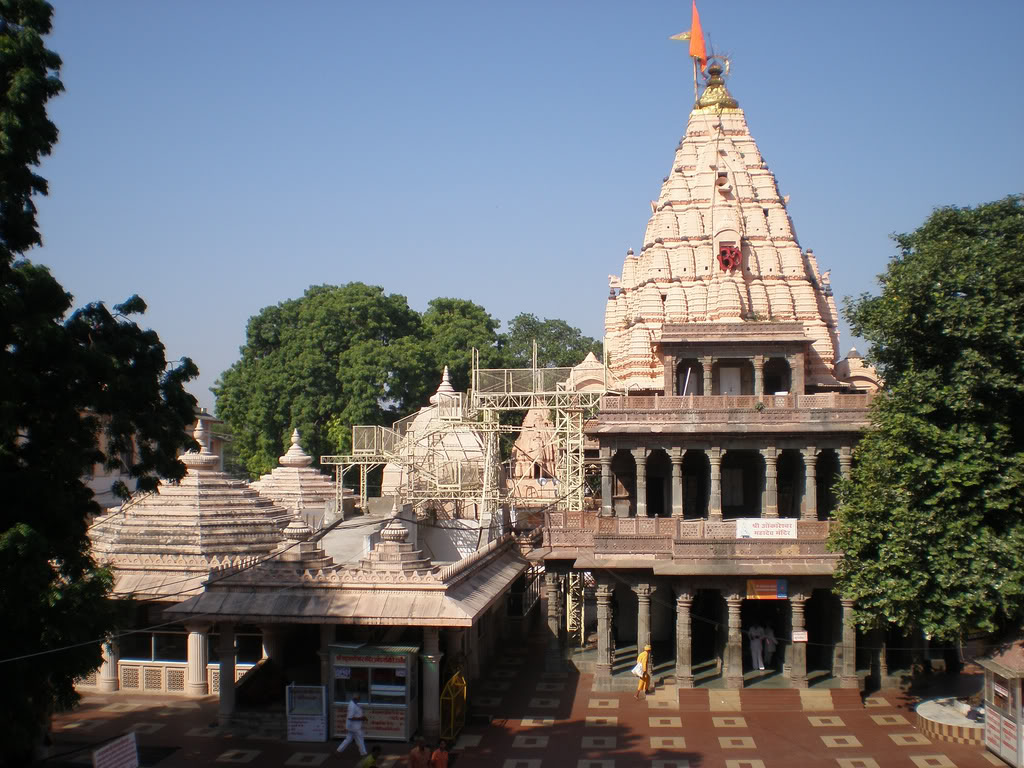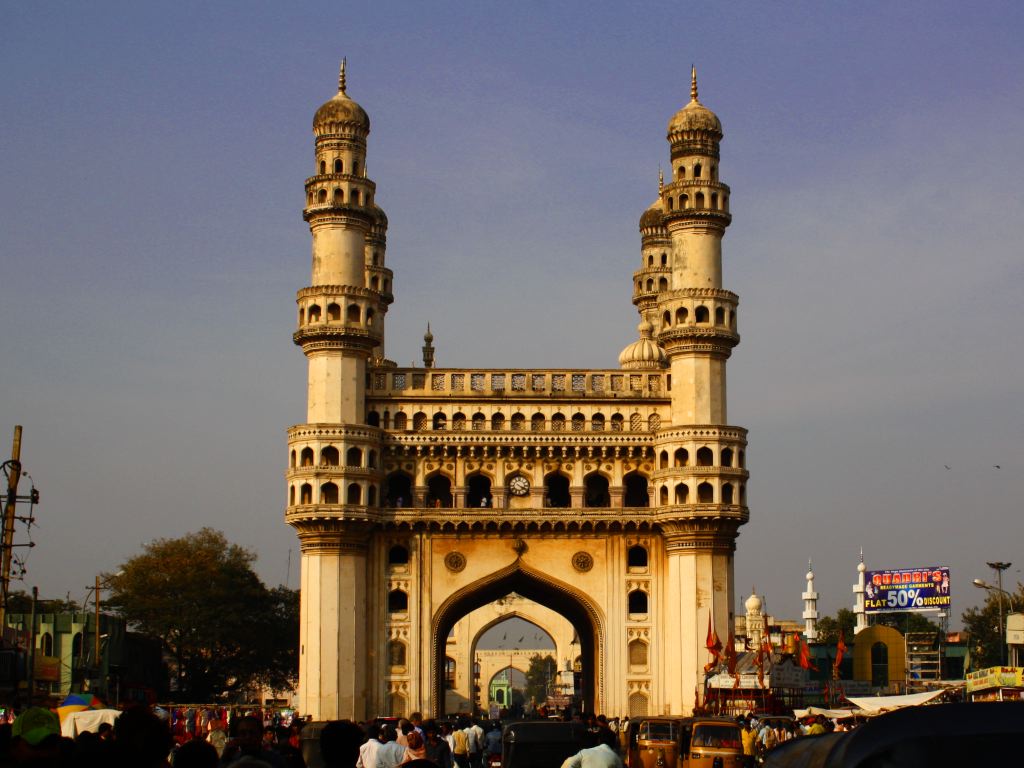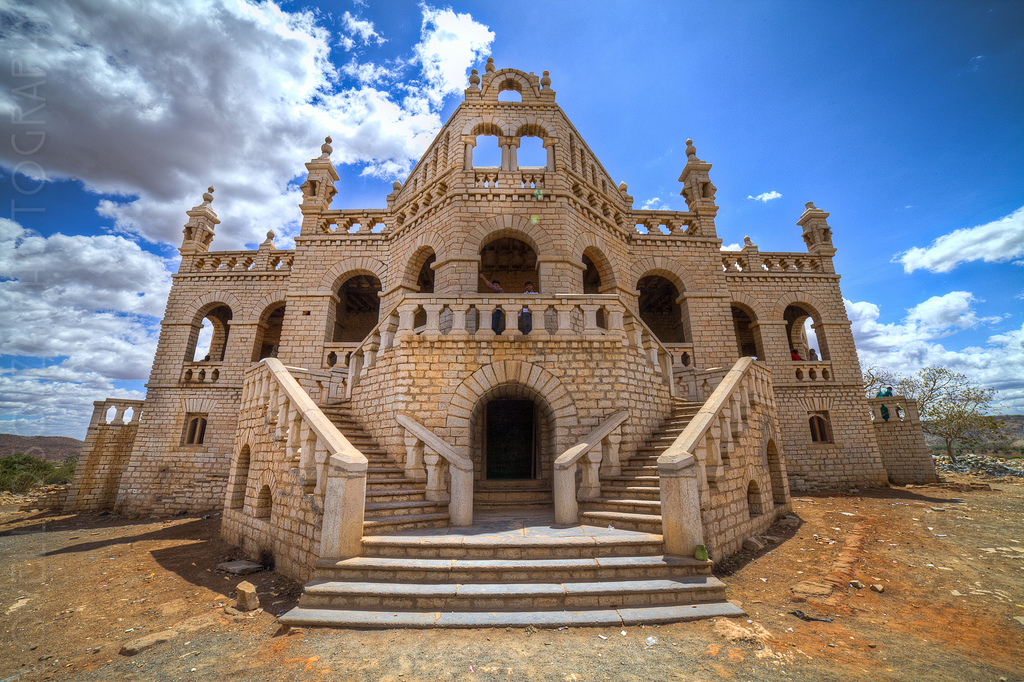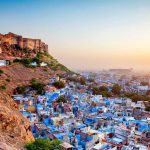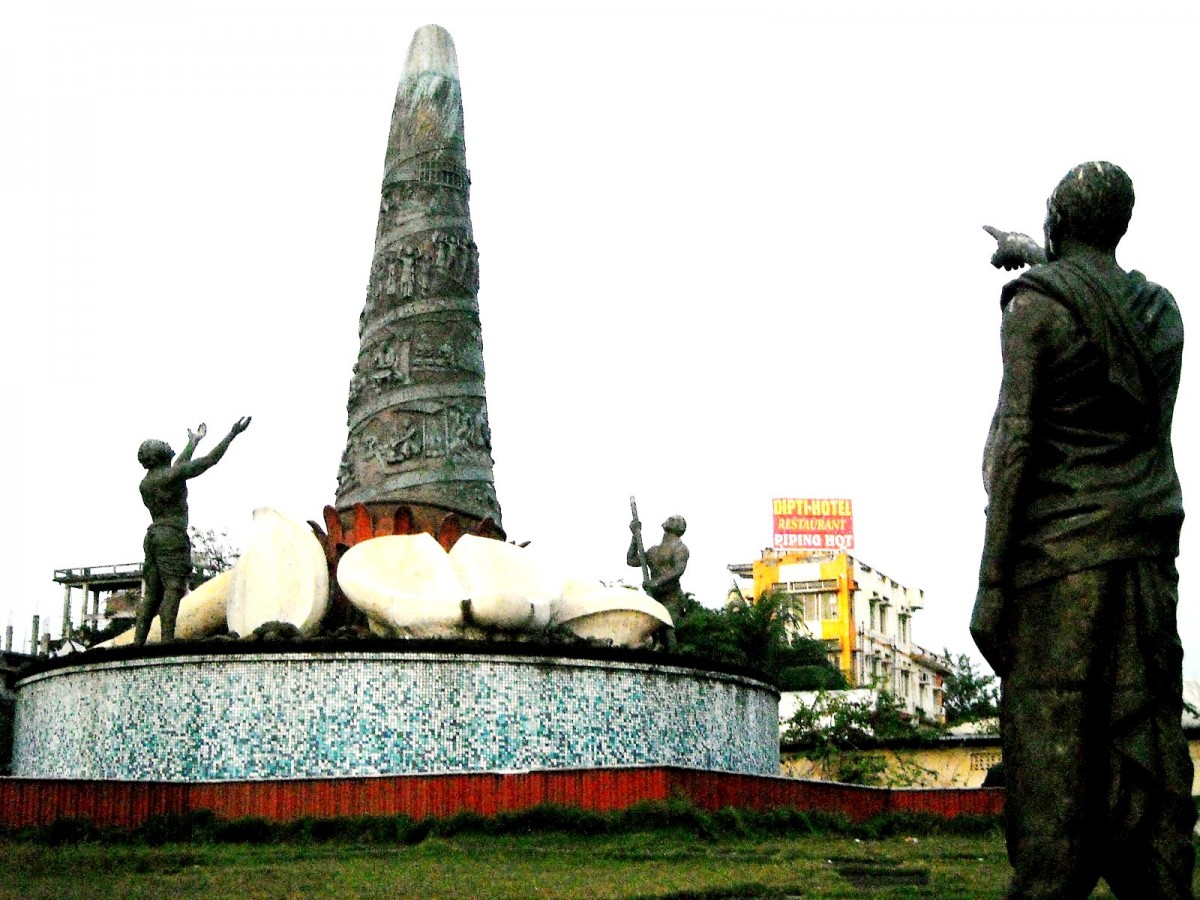
Jorhat Tourism and Travel Guide
“JORHAT” or “JOREHAUT” means two hats or mandis-“Macharhat” and “Chowkihat” which existed on the two different banks of the river Bhogdoi during the 18th Century, Jorhat was the last capital of the JorhatAhom Kingdom. In the year 1794 the Ahom king Gaurinath shifted the capital from Sibsagar (erst-while ”Rangpur”) to Jorhat. This town was a flourishing and commercial metropolis but completely destroyed after a series of the Burmese invasions since 1817 till the arrival of the British force in the year 1824 under the Stewardship of David Scott and Captain Richard.
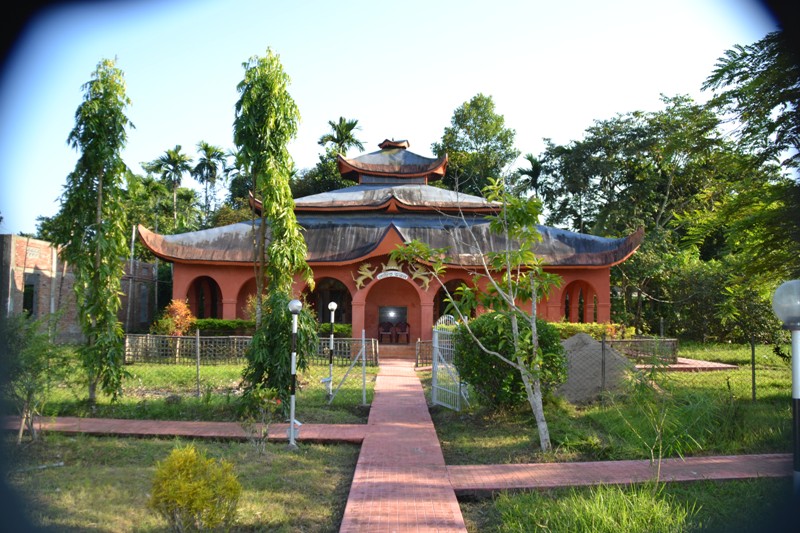
Jorhat is located between the Brahmaputra on the north and Nagaland on the south at 26 degree 46 minute’s north latitude and 96 degree 16 minute’s longitude in the central part of Brahmaputra Valley.
Established as the new capital in the closing years of the 18th century by the decaying and declining Tunkhungia Ahom Dynasty. Jorhat as the name signifies, was just a couple(Jor) of marts (Hut). From these two parallel marts namely Chowkihut and Macharhut, which lay on the Jorhateastern and the western banks of the river Bhogdoi. Jorhat today has grown into a thriving cosmopolitan town with a strong sense of character and identity. It is the best laid out town in Upper Assam with broad roads, cutting each other at right angles. The variety of heterogeneity of the town population, specially its business community – comprising of Punjabis, Biharis, Marwaries, Bengalis and even odd South Indian is something commendable. Yet each person, irrespective of his place of origin, who has made Jorhat his home is staunchly loyal to his adopted home and fully identifies with it. Urban, polite and polished behavior is the distinguishing features of an average Jorhat man.
How to Reach:
Air: Jorhat has its own Airport that is connected with other Important destinations in india.
Rail: Jorhat is connected with Guwahati and Delhi.

